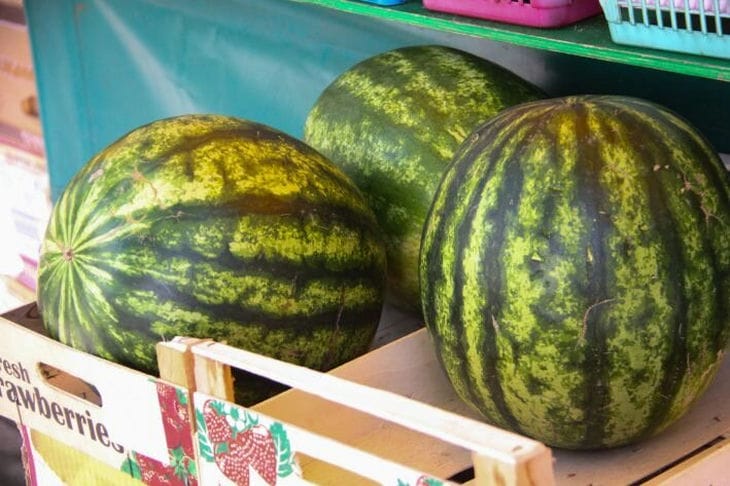August is the month when the shelves of shops and markets are filled with an abundance of bright and juicy watermelons.
For many people, this berry is a true symbol of summer, which is why they never miss the opportunity to enjoy the sweet taste of their favorite product.
However, despite the fact that watermelons are especially tasty in August, one should not forget about safety: unfortunately, some producers, wanting to increase the yield and improve the appearance of the fruit, use nitrates - chemicals that can cause serious harm to health.

Therefore, the expert of the online publication BelNovosti, chef Yulia Arkhipova, advises learning to identify potentially dangerous watermelons.
How to calculate the nitrate content of watermelon
The following two signs will help you determine that the berry is rich in nitrates.
Color of veins
If you buy a cut watermelon, pay attention to the color of its veins. They should be white or light green.
If the veins have a yellowish tint or are bright white, this may indicate a high nitrate content.
Colour of pulp
Most people prefer fruits with bright red flesh, but this indicator does not always indicate the ripeness and sweetness of the watermelon.
On the contrary, an excessively bright shade may be a sign of excess nitrates. The ideal color of the pulp is uniformly colored, saturated, but not too bright.

